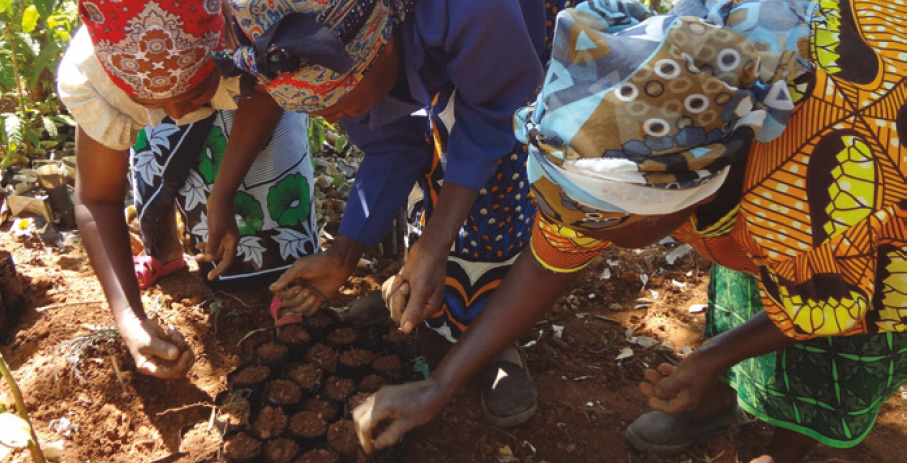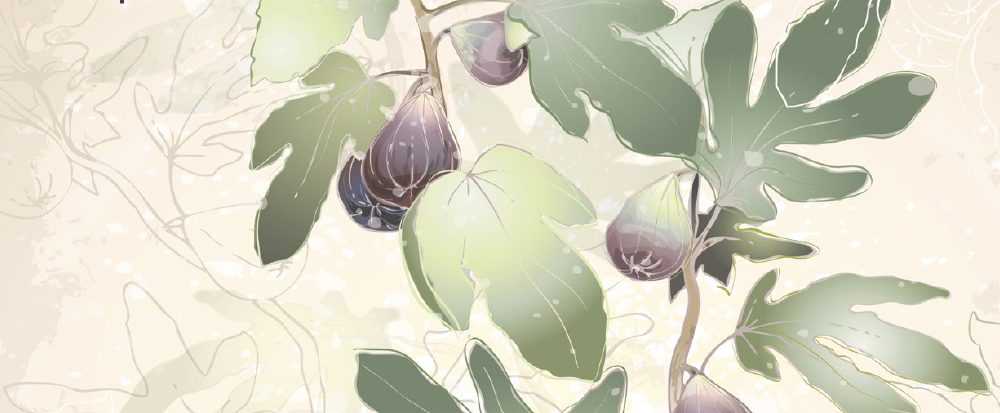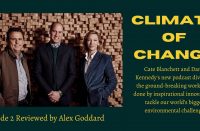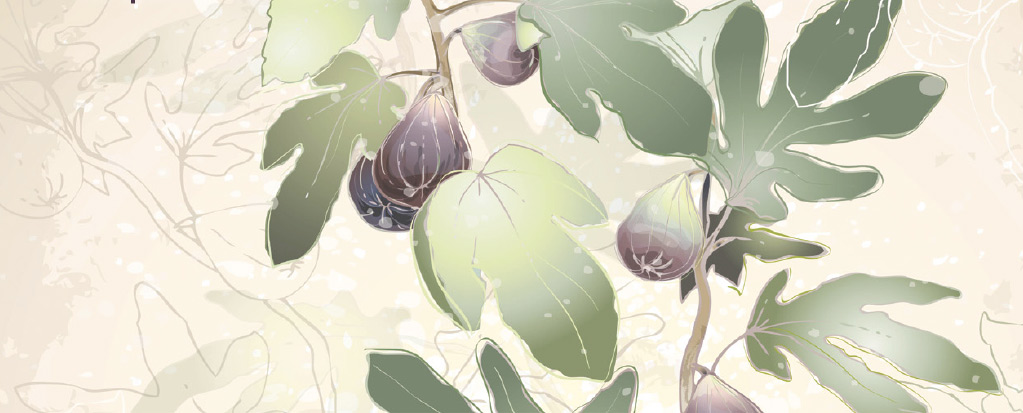
DURING THE 1970S, Kenya began to suffer from increasingly evident ecological decline. Streams were disappearing, watersheds were drying up and the Sahara Desert was encroaching from the north.

DURING THE 1970S, Kenya began to suffer from increasingly evident ecological decline. Streams were disappearing, watersheds were drying up and the Sahara Desert was encroaching from the north. To counter the land’s diminishing vitality and promote a better path forward, professor Wangari Maathai of the University of Nairobi founded the Green Belt Movement (GBM), a community-based organization that used tree planting to revitalize the soil, protect watersheds, provide fuel and improve nutrition for those most in need.
The GBM’s protection agenda would come into conflict with the regime of Kenya’s then-president Daniel arap Moi during the 1980s and 90s. Maathai was brutally beaten by police and Moi’s supporters, and she often lived in hiding. Yet the GBM continued to fight for legitimacy and human rights. In 2004, Maathai became the first African woman to receive the Nobel Peace Prize for her struggle for democracy, human rights and environmental conservation.
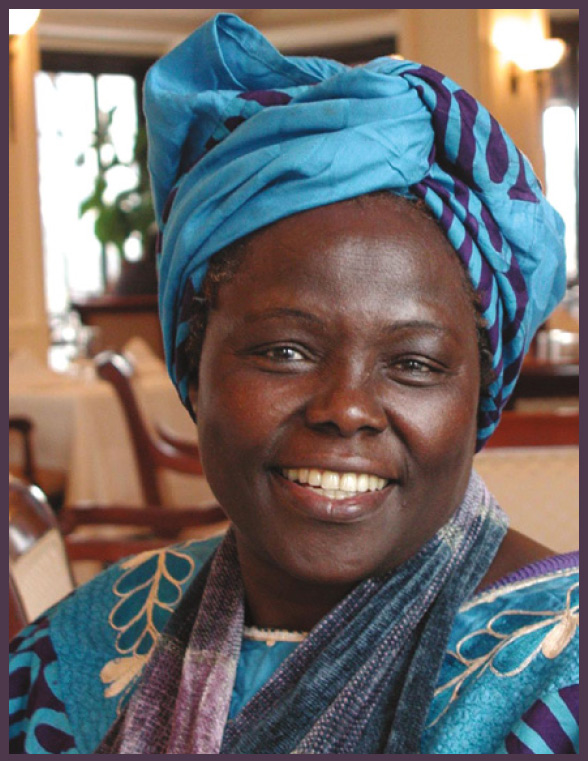
Wangari Maathai lost her battle with cancer in September 2011. While the loss was tragic, her legacy lives on through the work of the GBM, for which her daughter, Wanjira, is now director of international affairs. In recent years the GBM has shifted its focus to landscape-level initiatives, using improved geographic information systems (GIS) technologies and accounting strategies from the Kyoto Protocol’s Clean Development Mechanism to offset greenhouse gases.
I had the honour of meeting Wanjira Maathai at the 4th International Conference on Drylands, Deserts & Desertification, hosted by Ben-Gurion University of Israel. As we sat on a bench in the heart of Israel’s Negev Desert, Maathai talked about her mother’s legacy and the future of the GBM, which now has 450 volunteers and 4,000 community tree nursery groups, and has planted more than 51 million trees (so far) in Kenya.
What we do is agitate, we write letters, we publicize, we engage the media so that we shine the light on injustices that are going on.
Kyrke Gaudreau: Israel is a country that has devoted great effort towards making the desert bloom. How can Israel’s efforts serve as inspiration for the GBM?
Wanjira Maathai: There are a lot of things in Israel that are of great inspiration. Kenya, my country, is considered to be two-thirds semi-arid, or desert, so we have a third of the country that produces all the food, and from which all the water essentially comes. We have five forested mountains for all our water, and right now those mountains have less than two per cent forest cover. So the priority to restore those degraded forest areas is so high and of such a critical nature.
To come to a country like Israel, so relatively dry when compared to Kenya, and to see the conscious efforts to restore degraded areas to produce food for its population – and then to project years ahead what will happen and how to mitigate, to research and apply technologies that are literally pushing the borders – is extremely inspirational. We in Kenya are so lucky to have what we have. If we were to compare rainfall patterns, I think we would be shocked by how little precipitation falls in Israel and therefore how incredible it is that people still have potable drinking water from the taps. In Kenya, we cannot drink water from the taps – it’s largely considered unsafe to drink.
There are a lot of lessons just for our own psychological challenge. Surely we can do better. Last night I reflected on the fact that my mother always said to us, “We can all dig a hole and plant a tree, we have no excuse not to be able to produce enough food for everybody to eat.” We have 10 metres of topsoil in most places, two metres at least, yet we buy oranges from Israel. Can you imagine that? We can’t produce our own and yet we have so much potential.
KG: Your mother inspired people with powerful imagery, such as the story of the hummingbird. Why are such strong symbols so important for mobilizing people?
WM: Human beings are moved by metaphors, stories and powerful images. I think the hummingbird, for example, is a story that my mother told a lot in closing her speeches. She always was asked, “So what can we do?” Yesterday you had the same question being asked after professor [Paul] Ehrlich’s speech. Now that you have dumped us in the hole and depressed us – what can we do?
Often my mother would tell the story of the hummingbird, which is an extremely small bird in your hemisphere, and that is perhaps the hardest-working bird on the planet. It flaps those wings and is able to do so much with its little body and its little beak. And my mother would tell the story of a fire in the forest, and all the animals and birds flew out and ran out, and stood on the side, watching the fire go up in flames.
She would tell how this little hummingbird decided to do something about this raging fire. It decided to take a drop of water from the river to the fire, and it kept going back and forth, always bringing a drop of water and hoping that each drop would make a difference. All the others were discouraging and saying “that’s too much,” and “the fire is too big for you, you should just stop, give up.” And it said “I’m not going to give up, because I’m doing the best I can.” And my mother would say “I hope it is the same for you, that you would do the best you can.”
The metaphor of being the hummingbird became the thing that we do. We hope that people would be hummingbirds in their communities – doing whatever the best they can, wherever they are. If you go to the Green Belt Movement website [greenbeltmovement.org] you will find a wonderful hummingbird video there. And do watch it, because it’s my mother narrating it and you see this animation of a hummingbird, doing what I’m saying. It is very powerful.
Tree planting is central to what we do as well. It’s also symbolic. The tree is a symbol of a commitment to action, a commitment to do something to transform communities. Wherever we had issues of conflict, trees were planted and we called them peace trees. In Kenya there are certain trees that are considered peace trees, because they were used, traditionally, in peacemaking ceremonies.
KG: The GBM began with a first tree, and now more than 51 million have been planted. Among all those trees, do you have a favourite?
WM: I love most of the trees that we plant. But some of the trees, like the fig trees, are beautiful because they have such enormous canopies. They grow into these magnificent trees that cross centuries. Some fig trees are 300 or 400 years old. They are still standing and they are magnificent. What is said about these trees is that, not only are they beautiful with their canopies, but they have roots that penetrate deep into the ground, and then into the groundwater, allowing springs to come up. Many times where fig trees are found, you also find springs.
KG: One of the frameworks that emerged from the Rio+20 summit in June 2012 was Zero-Net Land Degradation (ZNLD), which is part of the United Nations Convention to Combat Desertification (UNCCD). How does the GBM fit into these broader international frameworks?
WM: A lot of people think desertification means the advancement of the desert, but it really doesn’t. It means that you have productive land that is converting into having the characteristics of a desert. These are lands that are eroding. For us in the Green Belt Movement, one of the biggest challenges we have is to ensure that soils are kept covered and protected to prevent land degradation.
The UNCCD is central to what we do. We are trying to encourage people to understand – and get the children to really understand – that rivers are supposed to be clear, they’re not supposed to be brown. If they are brown, there’s erosion, there’s silting, and it’s going to affect the life in the river, but also their ability to have potable water and hydropower.
Kenya is largely a green energy producer. Our electricity comes mainly from hydropower. The grid in Kenya is considered pretty green – hydroelectricity and geothermal. It’s still not enough, so we have a lot of power cuts and rationing. But if we took care of our forested mountains and had healthy clean rivers, we would probably have enough electricity, as turbines would be humming at full capacity.
KG: Your mother fought for what she believed in, oftentimes at great personal risk. If necessary, will the GBM continue to be disobedient in the fight for a better world?
WM: It’s interesting that you use the word disobedience, because we have an advocacy program. Advocacy is extremely effective. We’ve always had what we call actions, to bring and agitate for change. So I would say agitation rather than disobedience, because one of the things that the Green Belt Movement has offered as a policy is that we never break the law. We always conduct our actions within the law.
When we’re going to have an action to protest the building of a structure in a wetland, for example, we inform the authorities as is required by law – we write a letter or take it to the police station and tell them we’ll be doing this and we need their protection. Sometimes they agree to protect us, sometimes they don’t. But they can’t refuse us to meet. We never engage in stone throwing or things like that because we do not think that’s effective. What we do is agitate, we write letters, we publicize, we engage the media so that we shine the light on injustices that are going on. My hope is that we continue to do that.
KG: What gives you hope that your children will live in the type of world that you and your mother and countless others have fought for? What do you tell them about how to live their lives?
WM: The truth is that nothing is the same when you have children. Life becomes that much more introspective. You’re right in saying the work becomes that much more urgent. Listening to Paul [Ehrlich] yesterday using expressions like “slitting your grandchildren’s throat” when you do certain activities – it really is startling, but it helps bring the message home.
We have to be extremely committed. I’m aware that the challenges are much more than one person can handle. But if I can do my part, and everybody does their part, maybe we’ll be all right. I really believe that we have to continue to keep the pressure on.
We’ve seen changes. My mother’s work in the early years was considered treasonable in Kenya. She was in jail for speaking up for the environment. Today, we have a new constitution in my country that has coded environmental rights into it. Things are happening, things are changing, so I have a lot of hope, obviously. I know that I learned what I learned, and I have the values that I have, because I had a mother who lived this. She was an optimist. I hope those same values will be imparted to my children.
What kind of people will they be? The truth of the matter is I hope they will be good people; people that are compassionate and caring; people who care about others and who will give to others and remember they are privileged to be born in a time when they have pretty much everything they need.
